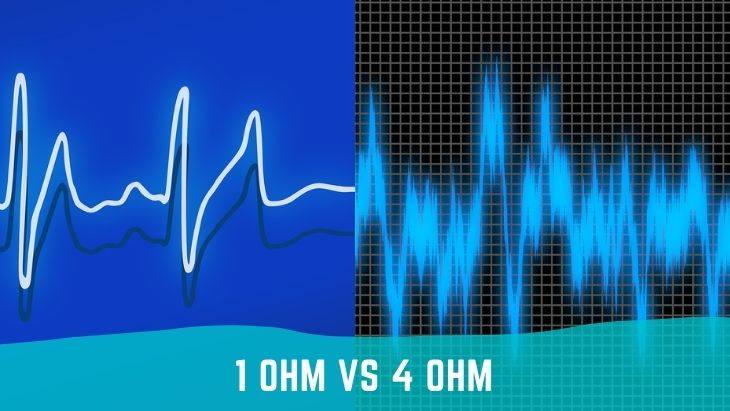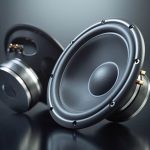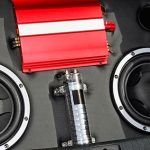Loudspeakers and especially subwoofer’s impedance is one spec that confuses a lot of people. It is not uncommon to find newbies and veterans alike spending a lot of time comparing different speaker impedances in search of the best sound quality.
From a sound engineer’s point of view, this much-hyped spec does not always predict sound quality, but selecting speaker impedance can make or break your sound system setup. Furthermore, understanding how a speaker’s impedance affects the overall output is critical to choosing the right subs or amplifiers for your setup.
Understanding the impedance rating
Impedance is defined as the resistance or the load that a speaker puts up against an amplifier. In other words, it is a measure of resistance produced by a speaker to counter or in response to the current supplied by the amplifier. Speaker impedance is represented in ohms expressed as Ω. Most high-end speakers are rated between 4 and 8 ohms, which most manufacturers consider safe for operating speakers or amplifiers. However, some models may go up to 16 ohms and some lower to 2 ohms or even 1 ohm.
What hits harder 1 ohm or 4 ohm?
Generally, the main difference between a 1 ohm and 4 ohms subwoofer is the difference in the level of resistance the voice coil applies to the current produced by the amplifier. A subwoofer with a 1 ohm impedance load produces less resistance than a similar subwoofer rated at 4 ohms, given the same input wattage. Consequently, a subwoofer rated at 1 ohm (low resistance) will hit louder than its 4 ohms counterpart because it is easier for the amplifier to push that reduced load.
A 4 ohms subwoofer offers high electrical resistance, making the amplifier struggle to deliver sufficient current. The higher the impedance, the more difficult it is for the amplifier to push the subwoofer and vice versa.
So, what’s the benefit of a 1 ohm loudspeaker versus a 4 ohm loudspeaker? In terms of sound quality, the difference is very minimal. The difference in impedance is sometimes used to represent the amount of fine-tuning that goes into designing a loudspeaker.
The most important thing that you need to consider is the capability of your specific amplifier before any load is applied to it. Mismatching speakers and amplifiers can cause a myriad of problems, especially if the amplifier is underpowered. Besides, using a low or higher impedance subwoofer without enough equipment to compliment it will only overwork the amplifier or damage the system.
For instance, if you hook up a higher impedance sub to an amplifier that can’t drive that load, it might make the amp clip before achieving the desired SPL level. On the other hand, if your amp is faced with too little resistance, it might overheat which could be detrimental to your sound quality.
However, some amplifiers are designed to shut off automatically when driving very low impedance speakers to prevent overheating or burning up.
Conclusion
Speaker impedance is usually considered as an important spec, but it is often misunderstood or ignored altogether. This critical specification determines the amount of current drawn from the amplifier.
If you love to crank up the volume or have a larger room, then a sub with low impedance and a matching amp will serve you well. On the contrary, if you to keep it moderate, a subwoofer with higher impedance, say 4 to 6 ohms is a good place to start.
Ultimately, your objective should be to get an amplifier that can handle the subwoofer load for the best performance. So, before you buy a 1 ohm or 4 ohms subwoofer, you may first want to ensure that your amplifier is up to the task.
Michael Evanchuk is a San Francisco-based sound engineer with 20 years’ experience installing, troubleshooting, and repairing commercial, automotive, and household sound equipment. Evanchuk owns an auto stereo center, where he offers highly competitive car audio installation and repair services. He has written dozens of articles on different sound engineering topics, all of which have been published in leading journals, blogs, and websites.





